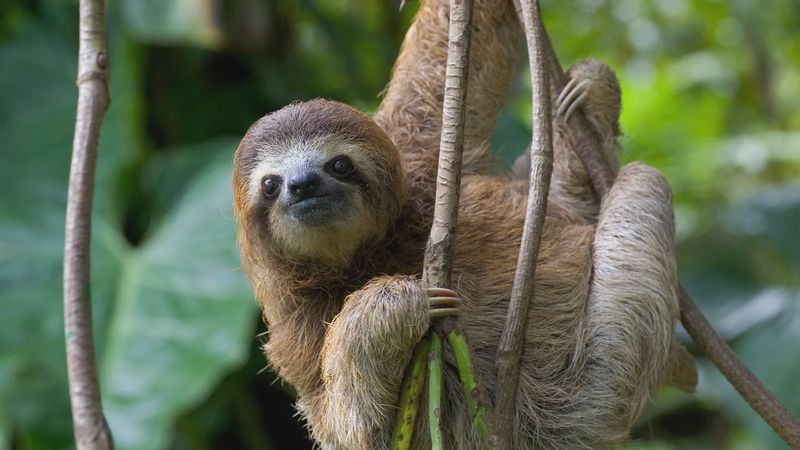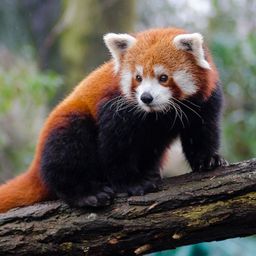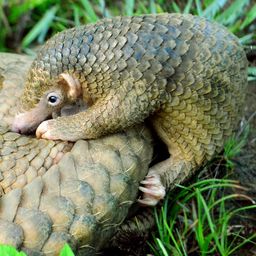
This title doesn't get used in the url or in the blog post list
From Wikipedia
Sloths are a Neotropical group of xenarthran mammals constituting the suborder Folivora, including the extant arboreal tree sloths and extinct terrestrial ground sloths. Noted for their slowness of movement, tree sloths spend most of their lives hanging upside down in the trees of the tropical rainforests of South America and Central America. Sloths are considered to be most closely related to anteaters, together making up the xenarthran order Pilosa. Sloths are a Neotropical group of xenarthran mammals constituting the suborder Folivora, including the extant arboreal tree sloths and extinct terrestrial ground sloths. Noted for their slowness of movement, tree sloths spend most of their lives hanging upside down in the trees of the tropical rainforests of South America and Central America. Sloths are considered to be most closely related to anteaters, together making up the xenarthran order Pilosa.

Sloths are so named because of their very low metabolism and deliberate movements. Their slowness permits their low-energy diet of leaves and avoids detection by predatory hawks and cats that hunt by sight. Sloths are almost helpless on the ground but are able to swim. 1 The shaggy coat has grooved hair that is host to symbiotic green algae which camouflage the animal in the trees and provide it nutrients. The algae also nourish sloth moths, some species of which exist solely on sloths. 2
Anatomy
Sloths can be 60 to 80 cm (24 to 31 in) long and, depending on the species, weigh from 3.6 to 7.7 kg (7.9 to 17.0 lb). Two-toed sloths are slightly larger than three-toed sloths. Sloths have long limbs and rounded heads with tiny ears. Three-toed sloths also have stubby tails about 5 to 6 cm (2.0 to 2.4 in) long.
Activity
Their limbs are adapted for hanging and grasping, not for supporting their weight. Muscle mass makes up only 25 to 30 percent of their total body weight. Most other mammals have a muscle mass that makes up 40 to 45 percent of their total body weight. Their specialised hands and feet have long, curved claws to allow them to hang upside down from branches without effort, and are used to drag themselves along the ground, since they cannot walk. On three-toed sloths, the arms are 50 percent longer than the legs.
Related


